Bang & Olufsen 
It was founded in 1925 by Peter Bang and Svend Olufsen, whose first significant product was a radio that worked with alternating current, when most radios were runfrom batteries. In 2004, the company opened a factory in the Czech Republic where it employs approximately 250 staff producing mainly audio products.
 Peter Bang (1900–1957), son of Camillo Bang, a successful Danish businessman, showed great interest in radio technology from an early age. After graduating as an engineer in 1924, he spent six months working in a radio factory in the United States where he became familiar with the latest developments in the field. On his return to Denmark, he clubbed together with his student friend Svend Olufsen (1897–1949) whose parents made the attic of their manor house in Struer in Jutland available for experiments. When they officially opened their business in 1925, Bang concentrated on the technology while
Peter Bang (1900–1957), son of Camillo Bang, a successful Danish businessman, showed great interest in radio technology from an early age. After graduating as an engineer in 1924, he spent six months working in a radio factory in the United States where he became familiar with the latest developments in the field. On his return to Denmark, he clubbed together with his student friend Svend Olufsen (1897–1949) whose parents made the attic of their manor house in Struer in Jutland available for experiments. When they officially opened their business in 1925, Bang concentrated on the technology while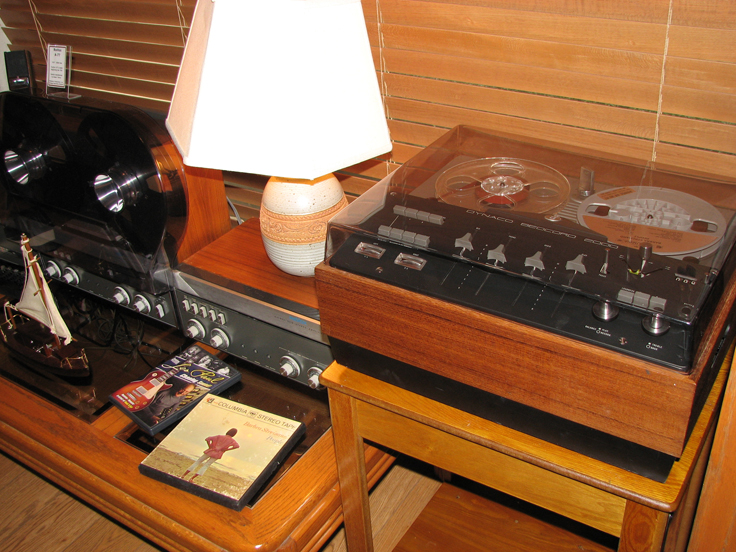 Olufsen dealt with the business interests. There were a number of successful developments in the 1930s and 1940s,including a sound recording system for the film industry, roof-mounted loud-speakers for circus and army vehicles and the iconic Beolit 39 radio with a Bakelite cabinet.
Olufsen dealt with the business interests. There were a number of successful developments in the 1930s and 1940s,including a sound recording system for the film industry, roof-mounted loud-speakers for circus and army vehicles and the iconic Beolit 39 radio with a Bakelite cabinet.
Their work with radios and loudspeakers led them to the principle that their products should be capable of high fidelity musical reproduction: in Danish Ærlig musikgengivelse, meaning "honest music reproduction". They held the ideal that the music you experienced through their sets and speakers should reach your ears uninfluenced by the limitations of technology. To this end, psychoacoustics is an important factor in design and testing of BandO products as instrument-based testing.
It was, however, many years before their business became significantly profitable. One huge setback, towards the end of World War II was that pro-Nazi saboteurs burnt down their factory at Gimsing in Struer in Northwestern Jutland as punishment for the management's refusal to collaborate with the Germans. Undeterred, Bang and Olufsen rebuilt the factory and went on to develop a range of radio, radiogram and television sets in the 1950s which took on new design aspects when Ib Fabiansen joined the company in 1957. David Lewis, who became involved in BandO in 1965 went on to design most of the company's products after 1980.
Products by BandO are often of different and distinctive design when compared to mainstream rivals. BandO hires designers rather than directly employing them in the company. Many of its products in the 1970s and 80s were designed by Jacob Jensen, whose design firm still operates today. From the 1980s onwards BandO's chief designer has been David Lewis.
In the 1990s BandO opened dedicated BandO stores selling directly to users, instead of selling through retailers. Production of audio separates was discontinued in favor of mini-type audio systems sold, as was usual for BandO, at a price higher than the industry average.
Due to the economic crisis of 2008 the company experienced a sharp decline in sales and announced significant losses. A restructuring plan included 300 layoffs in Denmark on 21 October 2008, and the abandonment of development of new mobile phones, MP3 players and stand-alone systems like DVD2 and HDR2. Instead, the company will focus on its traditional strengths: high quality audio and video products as well as sound systems for the automotive industry.

Third Party Contributions
We appreciate all photos sent to our museum. We hope to successfully preserve the sound recording history. If we have not credited a photo, we do not know its origin if it was not taken by the contributor. Please let us know if a photo on our site belongs to you and is not credited. We will be happy to give you credit, or remove it if you so choose.
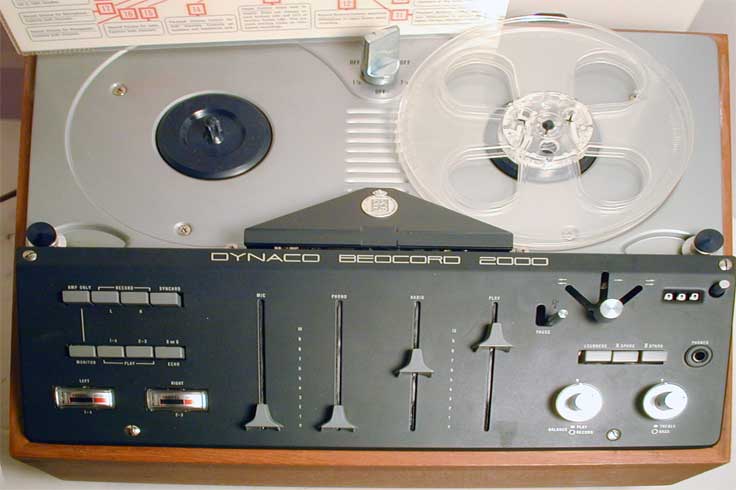
Bang & Olufsen Dynaco Beocord 2000 |
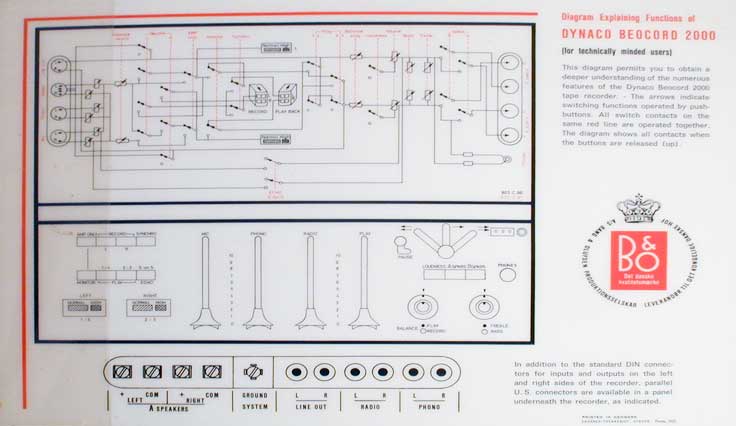
Bang & Olufsen Dynaco Beocord 2000 information
|

Bang & Olufsen Beocord 2400 |
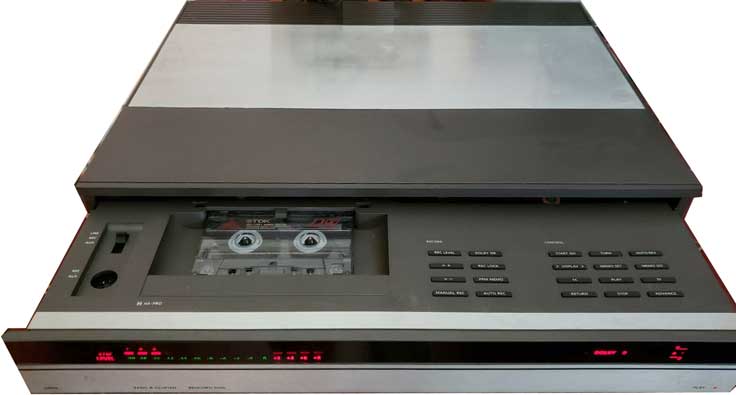
Bang & Olufsen Beocord 5500 Cassette Deck |
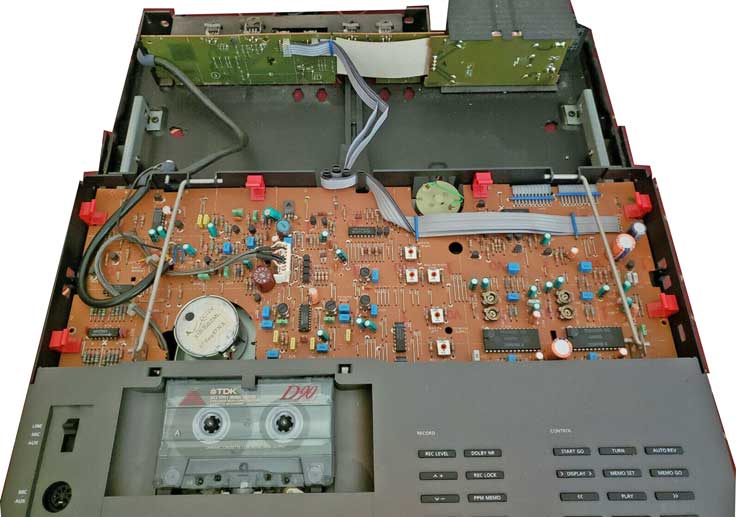
Bang & Olufsen Beocord 5500 Cassette Deck |
|
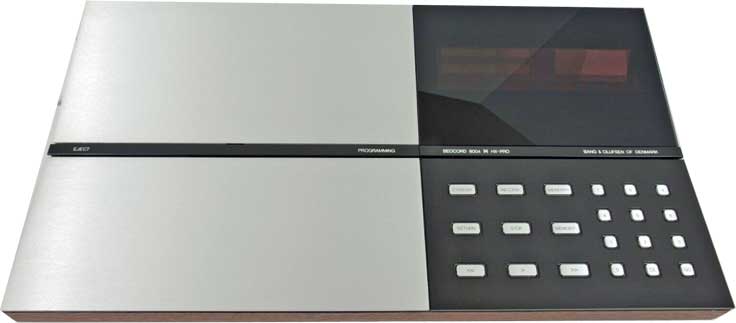
Bang & A Olufsen Beocord 8004 HX Pro Cassette Deck
|

Bang & A Olufsen Beocord 8004 HX Pro Cassette Deck
|
|
The non-profit Museum was dissolved on December 31, 2017. Donations are NOT tax deductible and are now processed by Phantom Productions.
All donations to MOMSR go 100% to support restoration of vintage magnetic recording devices in the private collection and help fund the web site development and hosting.

